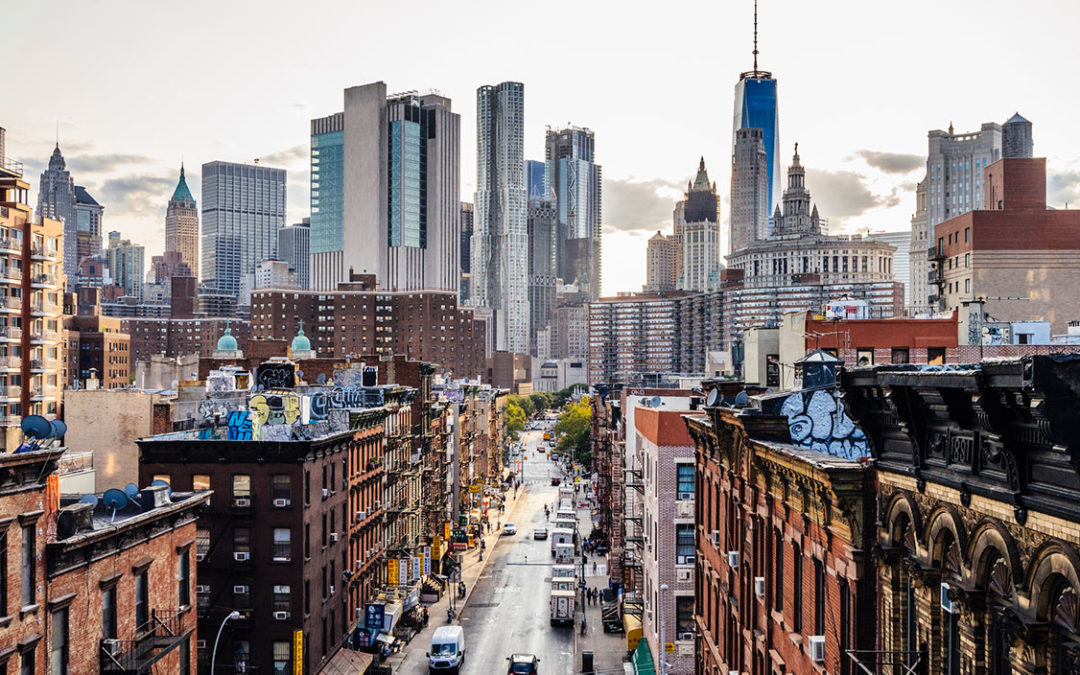In the US, there are over 5 million car accidents each year. Unfortunately, many car accidents could have been prevented through defensive driving. This is especially true when driving through crowded city streets.
Although knowing how to drive in the city safely can be overwhelming, it’s not as complicated as it seems. Let’s take a look at everything you need to know about safe driving in this environment.
Always Be Aware of Your Surroundings and Keep an Eye on Other Drivers
One of the most important things to remember when driving is to always be aware of your surroundings.
Pay attention to the other drivers on the road and be prepared to react if they make a sudden move. It’s also important to keep an eye on the road ahead, looking for potential hazards.
This also means avoiding common distracted driving mistakes, such as using your phone while on the road. By being aware of what’s going on around you, you can help avoid accidents and keep yourself and other drivers safe.
“Allow plenty of time for trips. If you know that you have a tendency to be impatient, make it a habit to allow an extra five or ten minutes for your trip. Give others the benefit of the doubt. You’re not the only one frustrated by the congestion or the construction zone. Be polite and courteous.”
–Selected content from the DriveSafe Online Defensive Driving Course
Signal When You’re Changing Lanes or Turning
When you’re driving, it’s important to signal when you’re changing lanes or making a turn. Not only is this a courtesy to other drivers, but it’s also the law in most states.
Signaling gives other drivers time to adjust their speed or position, and it can help to prevent accidents. There are a couple of different ways to signal when you’re driving.
You can use your turn signals, which are located on the side of your car, or you can use hand signals.
If you’re using hand signals, be sure to extend your arm fully so that other drivers can see you. It is sometimes necessary to do so if you are in an area that is highly crowded, as other drivers may not be able to see your turn signal.
Remember, signaling is an important part of safe driving, so be sure to do it whenever you’re changing lanes or making a turn.
Don’t Drive Too Close to the Car in Front of You
When you drive too close to the car in front of you, it makes it difficult to stop in time if that car has to brake suddenly.
Not only that, but it can also obscure your view of the road ahead, which can lead to accidents. You can run into even more problems if you are following too closely during poor weather conditions.
If the road is wet or icy, your vehicle won’t be able to stop as abruptly as it normally would. This is true even if you react very quickly to the situation.
“The two-second rule. Watch the vehicle ahead of you pass a fixed object or point, like a pole or mile marker. Begin counting: “One thousand and one, one thousand and two.” If your vehicle reaches that marker before you finish counting, you are following too closely. Ease up and check again. This rule applies to vehicles traveling under 30 MPH.”
–Selected content from the DriveSafe Online Defensive Driving Course
Next time you’re out on the road, be sure to give the car in front of you a little extra space. It’ll help keep everyone safe when you’re driving through the city.
Be Prepared to Stop at Any Time
When you’re out on the open road, it’s important to always be prepared to stop. Whether you’re driving in heavy traffic or light traffic, you never know when someone is going to cut you off or when an animal is going to dart into the road. That’s why it’s always a good idea to be prepared to apply the brakes to stop quickly if necessary.
Of course, sudden stops can also be hard on your car, so it’s important to avoid them if possible. But if you find yourself in a situation where stopping is the only option, don’t hesitate. Go ahead and hit the brakes. Safety is always more important than your car’s condition.
Look Out for Pedestrians, Especially in Busy Areas
Whenever you’re driving, it’s important to be aware of your surroundings and look out for pedestrians, especially in busy areas. Pedestrians have the right of way in most circumstances, so it’s always your responsibility as a driver to yield to them. If there’s a crosswalk, be sure to stop and let them cross.
Even if there isn’t a crosswalk, if someone is trying to cross the street, you should still stop and let them go. Remember, pedestrians are more vulnerable than drivers, so it’s always better to err on the side of caution. Just take a few extra seconds to look around, and you could save someone from getting hurt.
[Save up to 10% on your auto insurance with a defensive driver course completion certificate. Learn More.]
Always Follow the Rules of the Road
These rules are in place to help keep everyone safe and to ensure that traffic flows smoothly. Unfortunately, not everyone follows the rules of the road, and this can lead to accidents and congestion.
When drivers don’t signal, or they merge without looking, it can cause accidents and put other drivers at risk. In addition, speeding, tailgating, and weaving in and out of traffic all contribute to congestion and make the roads more dangerous for everyone.
Following traffic signs and rules of the road may not always be convenient, but it is essential for ensuring everyone’s safety.
What Else Should I Keep in Mind?
Sometimes, you may find yourself dealing with an aggressive driver. These people are often unpredictable, so it’s essential that you take steps to avoid escalating the situation.
“Allow aggressive drivers to pass you. Never engage an aggressive driver. Aggressive behavior can lead to all kinds of driving errors, and by trying to maintain your lane, speeding up so they can’t pass, or responding to rude gestures or threats, you increase your chances of being in a crash.”
–Selected content from the DriveSafe Online Defensive Driving Course
When driving near motorcycles and bicycles, always give them enough space. You should imagine they are the same size as a conventional vehicle so that you stay far enough away from them.
When parallel parking, be sure that you leave enough space between adjacent vehicles so they have enough room to leave. You should also be highly aware of any pedestrians near your car when you’re parking.
Driving during rush hour can be highly stressful. However, it’s important that you stay calm so that you can maintain mental clarity.
Defensive Driving Can Never Be Overlooked
Although driving in the city can be stressful, defensive driving techniques can help you anticipate, identify, and avoid dangerous road hazards. In as little as one hour, you can learn safe driving procedures that will last a lifetime.
Join 500,000 drivers who use a DriveSafe Online defensive driving course to receive an auto insurance discount or to dismiss a traffic ticket. Select I’M READY to lock in your low price now. You can begin the course whenever your schedule allows.

Patrick M. is Editorial Director for the always expanding DriveSafe Online library of courses. With over two decades of experience developing award-winning training, he now focuses on innovating online driver safety training. Pulling from his background in journalism, he steers the wheel behind the creation of top-tier content that promotes a better journey—whether on the digital highway of learning or the real roads we travel every day.
